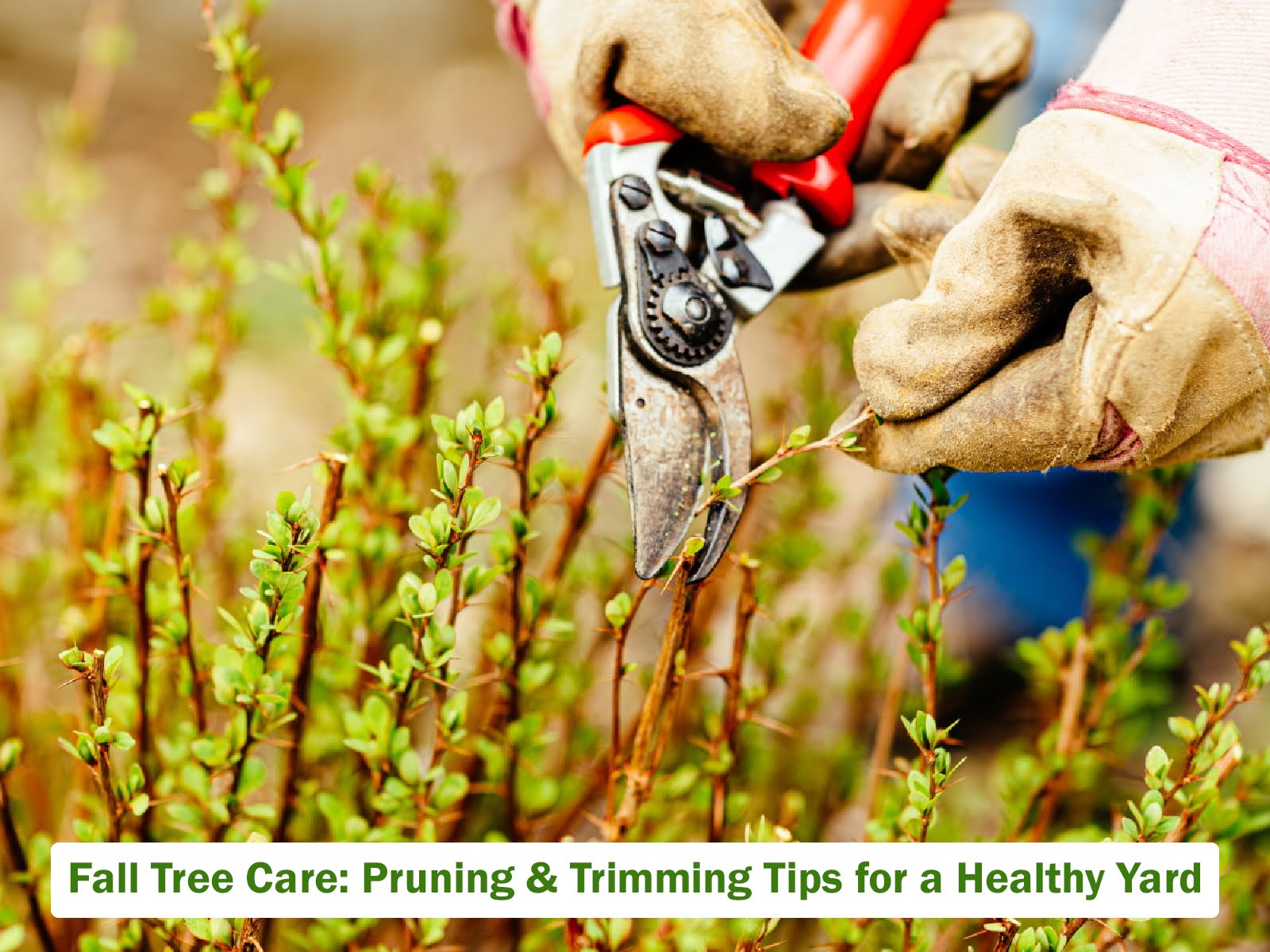
Introduction
When autumn arrives, leaves begin to fall, and cooler winds set in. Many homeowners think yard work slows down. However, fall is one of the most important times for tree care. Proper pruning and trimming during this season can prepare your trees for winter while encouraging healthy growth in spring.
Trees, like all living things, need care. Ignoring them can lead to broken branches, weak structures, and even disease. With the right pruning & trimming tips, you can protect your landscape and keep your trees thriving year after year.
Summary
1. The Science Behind Fall Pruning
2. Tools Every Homeowner Should Have
3. Identifying Branches That Need Trimming
4. Safety First in Fall Tree Care
5. Pruning & Trimming Tips for Young Trees
6. Caring for Mature Trees in the Fall
7. Common Mistakes to Avoid
8. Preparing Trees for Winter After Pruning
1. The Science Behind Fall Pruning
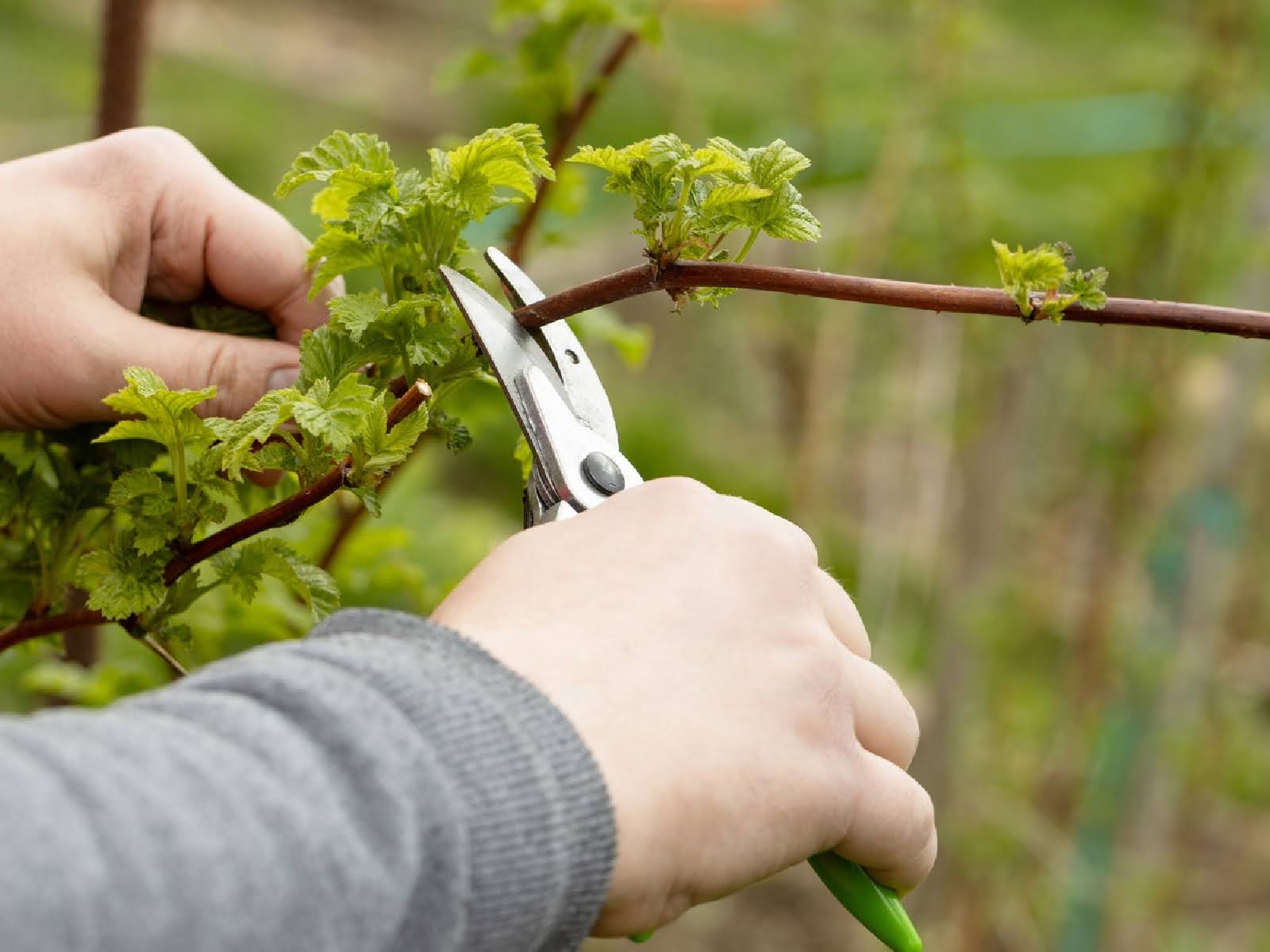
Fall brings shorter days and cooler temperatures. In this season, trees shift their focus from rapid growth to conserving energy. This makes fall an ideal season for careful pruning. Since the growth process is not as active, the tree experiences less stress when cut.
Another reason fall pruning works well is disease prevention. Many insects and harmful fungi become less active in cooler weather. By trimming branches now, you lower the risk of pests or infections entering fresh cuts.
2. Tools Every Homeowner Should Have
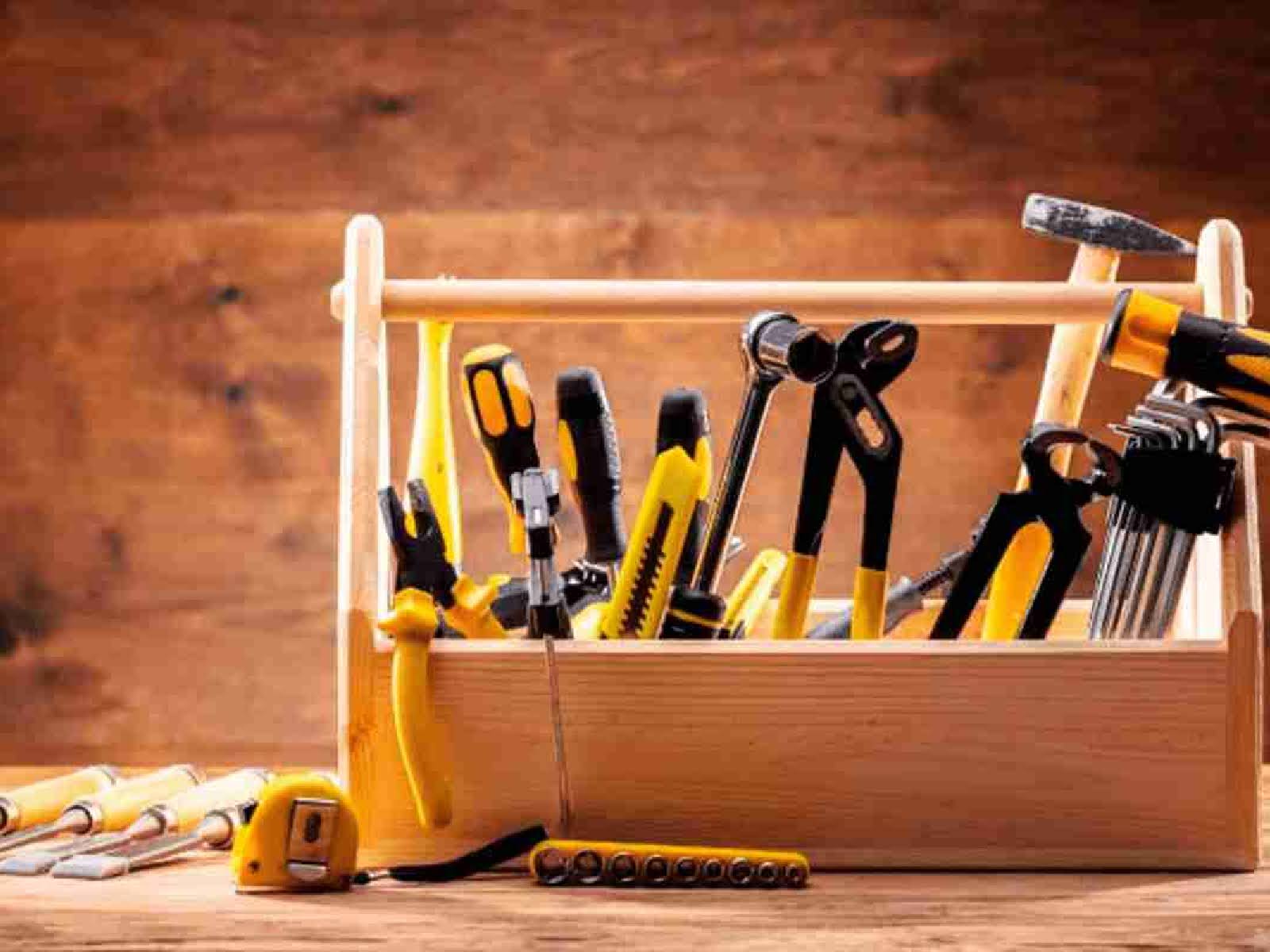
You cannot achieve clean cuts without the right tools. Basic tools for fall tree care include hand pruners, loppers, a pruning saw, and gloves. For small branches, hand pruners work best. For thicker branches, loppers or a saw will do the job.
Clean tools are equally important. Always disinfect blades before and after use. This practice minimizes the risk of disease transfer from one cut to another. A simple mixture of bleach and water can sanitize tools effectively.
3. Identifying Branches That Need Trimming

Not all branches should be cut. Learning how to identify which ones need attention is essential. Look for dead or dying branches. They are often brittle, discolored, and lack leaves. Removing them protects the rest of the tree.
You should also prune branches that cross or rub against one another. These can create wounds that invite disease. Similarly, branches growing toward the center of the tree block airflow and sunlight. Removing them helps the tree stay balanced and healthy.
4. Safety First in Fall Tree Care
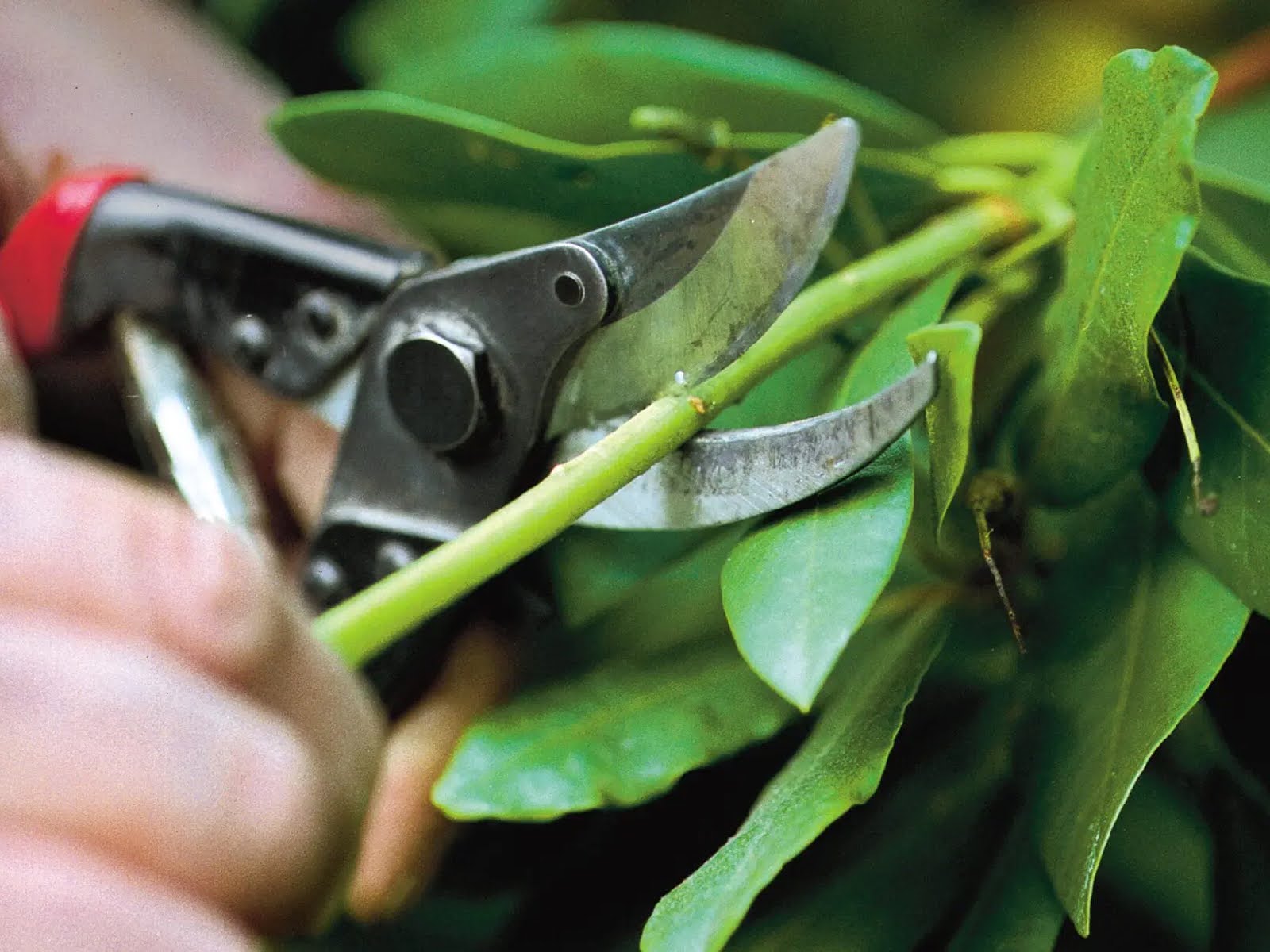
Climbing trees or using sharp tools always carries risks. That’s why safety must come first. Before starting, wear protective gear. Stay safe by putting on gloves, goggles, and a good pair of sturdy shoes. When working with a ladder, always confirm that it is properly positioned and stable.
Never attempt to trim large branches above your head. Instead, call a professional for heavy pruning. It may cost more, but it is safer and ensures the job is done correctly.
5. Pruning & Trimming Tips for Young Trees

Young trees need careful attention to develop strong structures. Early pruning directs healthy growth and reduces the risk of future problems. Focus on shaping the tree by removing extra branches that crowd the trunk.
When trimming young trees, less is more. Be careful not to take off too many branches all at once, as it can stress the plant. A light touch helps the tree adjust and grow without stress. Remember, your goal is to create a strong foundation for future growth.
6. Caring for Mature Trees in the Fall

Mature trees also need pruning, though the approach is different. Pruning should begin with the removal of branches showing signs of damage, disease, or decline. This keeps the tree healthy and reduces the risk of falling branches during winter storms.
Mature trees may also need thinning. Removing select branches improves airflow and sunlight. This prevents mold and allows lower branches to thrive. However, avoid over-pruning. Too much cutting can weaken even the strongest trees.
7. Common Mistakes to Avoid

Many homeowners make mistakes while pruning in the fall. One big mistake people make when pruning is topping, basically chopping off the tree’s crown. This weakens the tree and ruins its natural shape. Instead, always trim with the natural structure in mind.
Another mistake is over-cutting. Taking off too many branches at the same time can overwhelm the tree and hinder its recovery. Limit trimming to no more than one-fourth of the tree in a single season. Patience and consistency bring better results than rushing the process.
8. Preparing Trees for Winter After Pruning
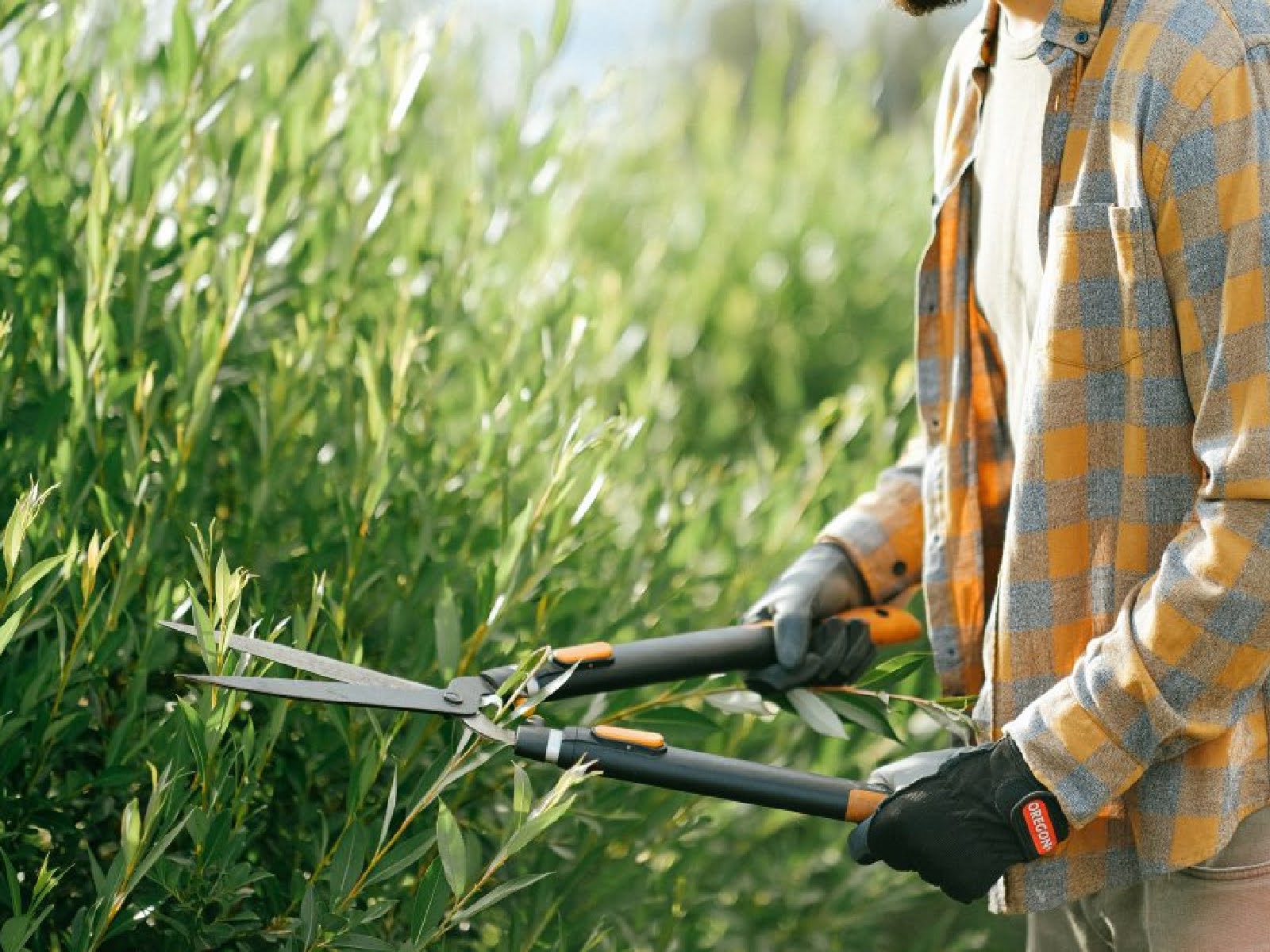
Once pruning and trimming are complete, it’s time to prepare for winter. Apply mulch around the base of your trees. This helps retain moisture and protects roots from freezing temperatures. Give the bottom of your tree some space. Keeping it clean helps stop moisture from causing rot.
You can also water your trees deeply before the ground freezes. Proper hydration ensures they enter the winter strong. With the right fall care, your trees will be ready to bloom beautifully in spring.
FREQUENTLY ASKED QUESTIONS
Q.1. Can I prune all types of trees in the fall?
A.1. Not all trees respond the same way. While many do well, some flowering or fruit trees may be better pruned in late winter or spring.
Q.2. How much trimming should be done in a season to keep the tree healthy?
A.2. Avoid cutting more than 25% of a tree at once. Too much pruning stresses the tree and slows recovery.
Q.3. Should I seal cuts after pruning?
A.3. No, most experts recommend leaving cuts unsealed. Trees heal naturally when pruned properly.
Q.4. What’s the difference between pruning and trimming?
A.4. Pruning removes dead or diseased branches for health, while trimming shapes the tree for appearance and structure.
Q.5. When should I call a professional?
A.5. Call a professional if the branches are large, close to power lines, or require climbing to reach.
Conclusion
Fall tree care is more than just a seasonal chore; it’s an investment in the future health of your trees. With the right pruning & trimming tips, you can protect your landscape, prevent disease, and prepare your yard for the challenges of winter. Whether you’re caring for young trees or mature ones, thoughtful pruning this season sets the stage for stronger growth when spring arrives.
Have questions or need expert landscaping help? Contact Merchan’s Landscaping today! Call us at +1 (215) 431-5598 or visit https://merchanslandscaping.com/. Let’s turn your outdoor vision into reality.
